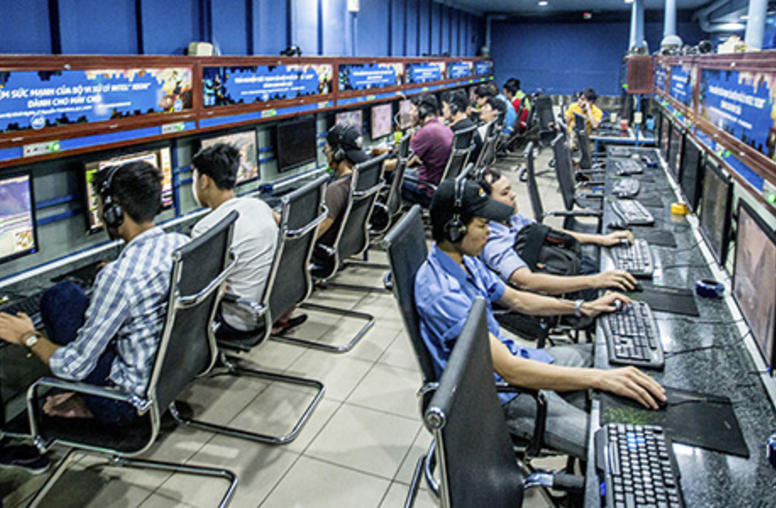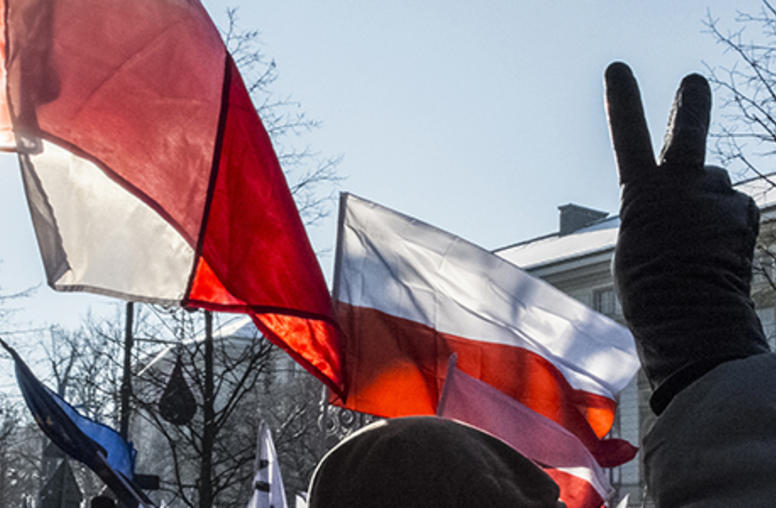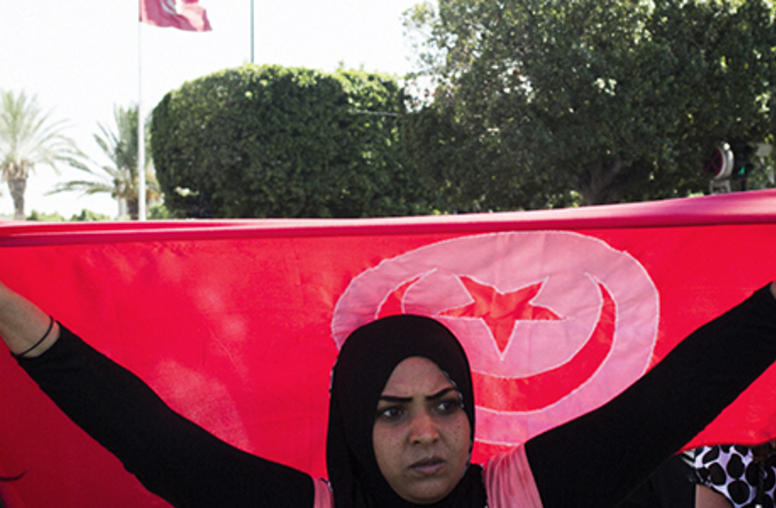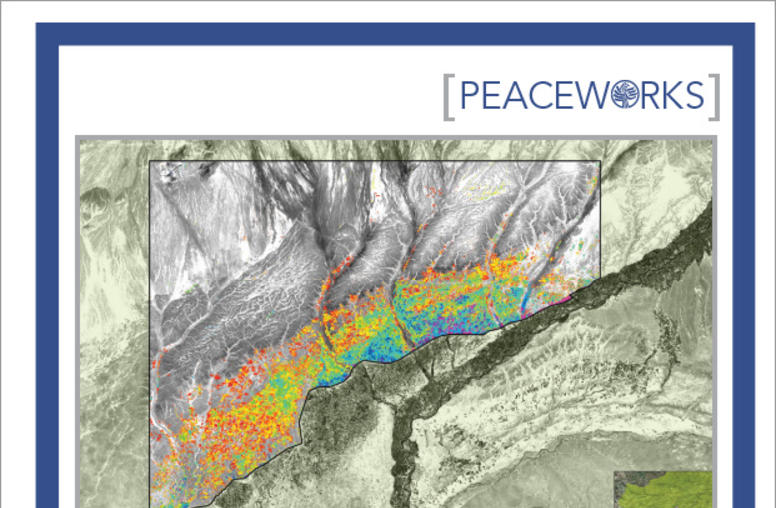Sensing and Shaping Emerging Conflicts
This workshop brought together experts in peacebuilding and data scientists to consider how various sensing and communications technologies might be used by local populations to more effectively recognize and avoid violent conflict. This focus for discussion is distinct from the forms of information gathering and analysis used by large organizations, such as the U.S. Department of Defense or the U.S. intelligence community, to inform resource allocation and decision-making by outsiders.
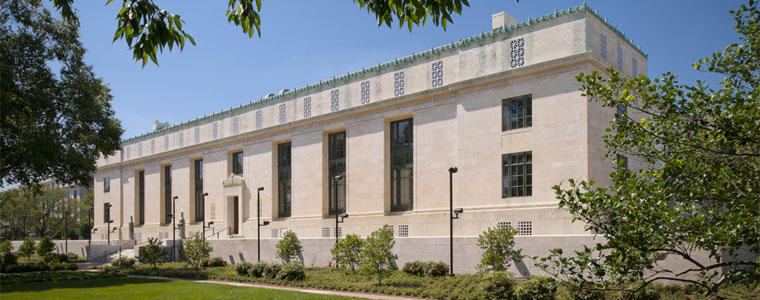
This workshop brought together experts in peacebuilding and data scientists to consider how various sensing and communications technologies might be used by local populations to more effectively recognize and avoid violent conflict. This focus for discussion is distinct from the forms of information gathering and analysis used by large organizations, such as the U.S. Department of Defense or the U.S. intelligence community, to inform resource allocation and decision-making by outsiders.
Workshop participants discussed existing and new technologies and applications, such as social media or other sources of open data, which could be used to facilitate peaceful management or resolution of disputes and communication by those living in zones of violent conflict. Participants considered the constraints associated with environments that may have limited infrastructure, low public literacy rates, and low levels of security and trust. The discussion also covered the potential that governments or actors opposed to inclusive, representative societies might utilize these same technologies
